If you are planning to hit the trails for an outdoor adventure, chances are you want shoes that will last the journey and keep your feet comfortable. But is it a good idea to bring along those crocs? After all, they’re lightweight and they come in fun colors! While many argue that crocs might not be ideal for serious hikes, there could still be some potential benefits of using them – if done right. In this blog post, we’ll explore whether or not crocs are appropriate footwear when it comes to hiking. Learn about how fit is just as important as type of material and what kind of activities complementary styles work best for!
What Is Hiking?
Hiking is an outdoor activity that involves walking across a variety of terrains, ranging from flat ground to steep hills and mountains. It can be done alone or with a group of people, and can last anywhere from a few hours to multiple days. Hiking is an excellent form of exercise as it allows you to explore nature while getting your heart rate up and toning your muscles. Additionally, it can be a great way to relax and de-stress after a long day. [1]
The best way to get started in hiking is by doing short day hikes near your home or town. Once you become more experienced, you can start doing longer hikes in more difficult terrain. You can even join a hiking group or club to meet people with similar interests and share your experiences. Regardless, the most crucial thing is to have fun and stay safe!
Whether you’re looking for an exciting physical challenge or just want to explore nature, hiking is an excellent way to do it. So grab some comfortable shoes, your map and compass, and get out there to start discovering! [2]
What Shoes Are Good for Hiking?
When it comes to hiking, footwear is one of the most important pieces of gear. The right pair of shoes can make all the difference in your hike- whether you’re tackling a day’s worth of trails or a full-on backpacking adventure.
There are generally three types of shoes that hikers choose from:
- Trail Runners: These lightweight shoes provide plenty of cushioning and arch support. They usually come with a thick sole for extra protection against rocks and roots, making them ideal for moderate trails and dry conditions.
- Hiking Boots: For long, rugged hikes, hiking boots are the way to go. They provide more ankle support than trail runners, and often come with waterproof lining to keep your feet dry in wet conditions.
- Approach Shoes: If you’re planning on doing some technical hiking or scrambling, approach shoes are the best option. With a sticky rubber sole for gripping rock, they provide the traction needed to tackle steep climbs and negotiate tricky terrain. [3]
What to Consider Before Choosing Hiking Shoes?
When you’re out on the trail, your shoes can make or break your experience. Choosing the right pair of hiking shoes is essential if you want to stay comfortable and safe during your adventure. Here are some key factors to consider before purchasing a new pair of hiking shoes:
- Fit: Make sure to try on shoes before purchasing, as a good fit can drastically improve your experience. Good hiking boots should fit snugly but not be overly tight. Consider buying shoes that are slightly bigger than your regular shoe size if you plan to wear thick socks with them.
- Support: Your feet need a certain degree of support if you plan to walk for long distances. Choose a shoe that comes with strong arch support and offers plenty of cushioning in the sole. Look for shoes that have an extra layer of protection on the outside, as this can help protect your feet from bumps and rocks.
- Weight: Keep in mind that every ounce will add up over the course of a long hike. Choose shoes that are light enough to keep your feet from getting fatigued, but also sturdy enough to provide adequate support and protection.
- Waterproof: If you plan to traverse through water or muddy terrain, it’s essential to buy waterproof hiking shoes. Look for shoes with waterproof membranes or coatings that will help keep your feet dry and comfortable.
- Cost: Last but not least, consider your budget when selecting hiking shoes. Good quality shoes can be expensive, but remember that investing in a good pair of shoes will pay off in the long run.
Purchasing the right pair of hiking shoes is essential for any outdoor enthusiast – so make sure you do your research before hitting the trails! With these tips in mind, you’ll be well on your way to finding the perfect pair.
Remember that breaking in shoes is also important – so keep this in mind when shopping around for hiking boots. Wear them around the house or take them out for a few short hikes before committing to an extended outdoor excursion. This will give your feet time to adjust and ensure that you have the best experience possible! [4]
Can You Hike in Crocs?
Hiking in Crocs is a question that has been debated for years. Many people are skeptical about the effectiveness of wearing this type of footwear while out on the trails. Is it really possible to hike in Crocs? [5]
The short answer is yes, you can certainly hike in Crocs – but with some caveats. As with any other activity that involves physical exertion, the key is making sure you have the right type and fit of shoe. Crocs are designed with comfort in mind, and they can provide excellent cushioning for your feet when hiking for long periods of time. However, they are not as durable as traditional hiking boots, so you may want to consider investing in a pair specifically made for outdoor activities like hiking.
Crocs may not be the best choice if you’ll be doing a lot of uphill hiking. While they can provide plenty of cushioning and comfort on level ground, they lack the support needed for steeper inclines. If your hike involves any steep hills or mountains, consider investing in a pair of traditional hiking boots that offer more ankle support.
All in all, it is possible to hike in Crocs – but be sure to keep the above considerations in mind to ensure a comfortable and safe experience. With the right type of shoe and proper fit, you can enjoy a great outdoor adventure while wearing your favorite pair of Crocs! [6]
Advantages of Hiking in Crocs
There are many advantages of hiking in Crocs, and here are some of them.
- Comfort: One great thing about hiking in Crocs is that they provide superior comfort. The unique perforations on the upper material help to keep your feet cool while cushioning helps to reduce foot fatigue. Additionally, the ergonomic design ensures a secure fit so that your feet won’t slip out of the shoes when hiking.
- Durability: Crocs are designed to be tough and durable, meaning that they can handle rough terrain and harsh weather conditions. You don’t have to worry about damaging your shoes during hikes, because they are made from materials that can withstand wear and tear.
- Versatility: Crocs are suitable for different types of hikes, making them a great choice for hikers who like to explore different terrains. Whether you’re on a leisurely stroll or a strenuous uphill climb, Crocs provide superior traction and stability so that you can enjoy your hike with confidence.
- Lightweight: Crocs are incredibly lightweight, so you don’t have to worry about your feet feeling weighed down or uncomfortable. This is especially important if you plan on hiking for long distances, as you won’t be burdened by heavy and cumbersome shoes.
- Style: While comfort and performance are important factors in selecting a pair of hiking shoes, there’s no reason why they should be unattractive. Crocs come in a variety of styles and colors so that you can find a pair that suits your personal tastes.
Overall, Crocs provide superior comfort, durability, versatility, lightweight support, and style – making them an ideal choice for hikers looking for the perfect pair of shoes. With Crocs, you can be sure that your feet will stay comfortable and protected while you explore the great outdoors. [7]
Disadvantages of Hiking in Crocs
Let’s also consider some drawbacks:
- Poor arch support: Hiking in Crocs does not provide the kind of arch support you need when hiking on uneven terrain, making it difficult to keep balance and stability.
- Low water resistance: The material is not water resistant, which can lead to soggy feet after a long hike through areas with wetter climates or terrain.
- Poor traction: The soft and smooth design of the Crocs makes it difficult for them to provide adequate traction, which can result in slips or other accidents.
- Limited ankle support: Crocs don’t provide much ankle support, which can lead to injury and fatigue when hiking on more difficult and varied terrain. [8]
Choosing the Right Pair of Hiking Crocs
Now that you know the advantages and disadvantages of hiking in Crocs, is it still a good choice for your next adventure? If so, here are some tips to help you choose the right pair:
- Research what kind of terrain you’ll be encountering. If there will be lots of mud or wet areas, look for a more water-resistant model.
- Look for a pair with more treads and thicker soles to provide better traction on uneven terrain.
- Consider buying a pair with heel straps or ankle straps for extra support when walking uphill or downhill.
- Make sure the size is comfortable – the fit should be snug but not too tight, so your feet won’t feel cramped after a long hike.
- Look for arch support, either from the soles of the Crocs or from insoles you can add to them.
By carefully considering what kind of hikes you’ll be taking and selecting the right pair of Crocs accordingly, you can enjoy all the comfort and convenience they offer without sacrificing safety or stability on your outdoor adventures. [9]
Best Crocs for Hiking
- Crocs Classic Clog
The Crocs men’s and women’s Classic Clog is the perfect choice for any hiker. With its comfortable, lightweight design, these shoes are great for long hikes on trails or paths. The Croslite foam construction means that your feet will stay comfortable even when you’re walking for hours at a time. They also feature an enclosed toe area and heel cup for added support. The rubber sole provides excellent traction on any type of surface, and the ventilation holes help keep your feet cool in hot weather.
- Crocs Beach Line Boat Shoe
This is a great option for any hiker. This shoe features a lightweight and breathable canvas upper, as well as a rubber sole for extra grip on slippery surfaces. The cushioned insole provides comfort while walking, and the structured heelcup means your feet stay securely in place. The slip-on design makes them easy to put on and take off, making them ideal for short or long hikes.
- Crocs All-Terrain
This croc is perfect for any serious hiker. The all-terrain sole provides superior grip on wet and dry surfaces, while the cushion foam footbed offers comfort over long distances. The integrated arch support also ensures stability and support when walking over uneven terrain. The toe cap protects your feet from any debris you may encounter along the trail, and the adjustable hook-and-loop closure makes it easy to customize the fit. Whether you’re walking for miles or just taking a leisurely stroll, these shoes are sure to keep your feet comfortable and supported throughout your hike.
- Swiftwater Sandal
The Crocs Swiftwater Sandal is perfect for people who want comfort and protection in one. These sandals feature a lightweight synthetic upper, with adjustable straps to provide a snug and secure fit. The Softspots cushioning insole ensures your feet stay comfortable during long hikes, and the rubber outsole provides excellent traction on any terrain. Plus, the Quick-Dry technology helps keep your feet dry even if you’re walking through water!
- Crocs Unisex Modi Sport Flip Flop
This flip-flop features a lightweight foam construction, with adjustable straps to provide a secure fit. The contoured footbed provides cushioning and arch support, while the Croslite foam sole offers excellent traction on any surface. Plus, these sandals are quick-drying and easy to clean, making them a great choice for any outdoor adventurer. [10]
Safe Hiking Rules
- Wear the proper gear. Be sure to wear sturdy, comfortable shoes or boots with good traction for your hike. Also, be sure to check the weather forecast in advance and dress accordingly. Make sure you have a hat, gloves, sunscreen, insect repellent and adequate layers of clothing.
- Bring plenty of water and snacks. You should always bring at least two liters of water per person for a full day hike. It is also important to pack snacks like energy bars, trail mix, dried fruit or jerky so you can stay energized throughout your hike.
- Let someone know where you are going and when you plan to return. You should always tell a friend or family member where you are going, the route you plan to take and when you expect to return. This is especially important if you are hiking alone.
- Be aware of your surroundings at all times. Pay attention to the terrain, wildlife and other potential hazards so you can avoid them when possible. Always be prepared for sudden changes in weather conditions as well.
- Stay on marked trails and avoid shortcuts. It is important to stay on the designated trails in order to protect the environment and preserve the beauty of nature. Taking shortcuts can lead you into areas that are unsafe or even illegal to be in, so it is best to stick to the original path.
- Respect wildlife and other hikers. Do not disturb or harass animals and be mindful of other hikers. If you encounter someone on the trail, yield the right of way to them and respect their space.
- Leave no trace behind. It is important to leave nature as it was before you arrived so that future generations can enjoy the same experience. Be sure to pick up any trash you bring in with you and leave the area better than you found it.
- Be prepared for emergencies. You should always bring a first-aid kit, a map of the area, and some form of communication in case of an emergency. Knowing how to use these items can make the difference between life and death in a dire situation.
- Have fun! Last but not least, make sure to enjoy your hike! Take in the beautiful views and be mindful of how lucky you are to be out in nature. Hiking can be a great way to relax and connect with nature while getting some exercise too.
These nine rules should help ensure that you have an enjoyable and safe hiking experience. Always remember to stay alert, dress appropriately, and respect the environment around you. [11]
Additional Advice for Hikers
Before starting on your hike, it can be helpful to do a little research about the area you are visiting. Knowing what type of terrain, wildlife, and weather conditions to expect can help you stay prepared during your adventure. Additionally, make sure to stay well-hydrated throughout your hike and take frequent breaks as needed. It is also a good idea to bring some form of identification with you in case of an emergency, such as a driver’s license or passport.
Be sure to take your time on the trail and enjoy the experience. Take pictures of the scenery around you and appreciate how lucky you are to have this experience! Happy hiking! [12]
FAQs
Which Crocs are best for hiking?
Comfort and support are key. For this reason, we recommend Crocs All-Terrain models as they have a thicker sole for cushioning on uneven surfaces and provide extra grip on wet surfaces. Additionally, some of our All-Terrain styles feature adjustable straps for added stability over rocky terrain.
Are Crocs good for outdoors?
Crocs are made of a lightweight, waterproof material and are designed for comfort. Some hikers enjoy their lightweight and easy-to-clean design when they’re on the trail. On the other hand, crocs don’t offer much ankle support or arch support, so they should not be worn for more strenuous hikes. Additionally, they may not provide enough grip on rough terrain and can be slippery when wet.
Are Crocs good for your feet to walk in?
Crocs are not the best footwear for long hikes or strenuous outdoor activities. Although they provide some cushioning, Crocs lack arch support and can cause pain and fatigue in your feet after extended use on uneven terrain. For a more comfortable fit, it’s recommended to wear hiking boots or trail running shoes with good traction, arch support and ankle protection. Remember to break in your shoes before using them on a long hike to ensure they are comfortable and provide enough cushioning. Lastly, always bring an extra pair of socks in case your feet become wet or start to sweat.
Are Crocs good for physical activity?
Crocs are a popular choice for some people, but they may not be the best option. The primary concern is that Crocs can cause blisters on feet. Therefore, it is generally safer to opt for more supportive shoes such as trail running shoes or hiking boots for any kind of physical activity. Additionally, wearing the right socks can help prevent blisters by creating a cushion between your feet and the shoe.
Useful Video: Are Crocs better than your hiking boots? Gear Talk Part 2
Final Thoughts
When it comes to comfort and style, Crocs offer an unbeatable combination. Whether you are a seasoned hiker or a beginner, Crocs can provide the same level of support while navigating any terrain. And while most hiking shoes are made to be rugged and sturdy, there is something to be said for the lightness and flexibility that Crocs bring to outdoor activities. With their customization options, breathability, and easy clean-up after muddy treks, you can’t go wrong with wearing Crocs on your next adventure. While more traditional hikers may not agree with this assessment, when it comes down to comfort and accessibility, wearing quality Crocs on the trail may be one of the best choices one can make.
References:
- https://www.britannica.com/sports/hiking
- https://www.explore-share.com/blog/what-is-hiking-equipment-best-season-top-spots/
- https://www.switchbacktravel.com/best-hiking-shoes
- https://www.salomon.com/en-dk/outdoor/outdoor-advice/how-choose-your-hiking-boots
- https://thehikinghelper.com/are-crocs-good-for-hiking/
- https://decideoutside.com/hiking-in-crocs/
- https://youradventurecoach.com/are-crocs-good-for-hiking/
- https://www.carandtent.com/hiking-in-crocs-pros-and-cons/
- https://funnycrocs.com/choosing-a-pair-of-crocs/
- https://gohikevirginia.com/crocs-for-hiking/
- https://www.nps.gov/articles/hiking-safety.htm
- https://www.hipcamp.com/journal/top-10-hiking-tips-for-beginners




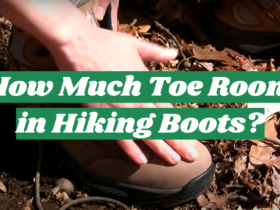
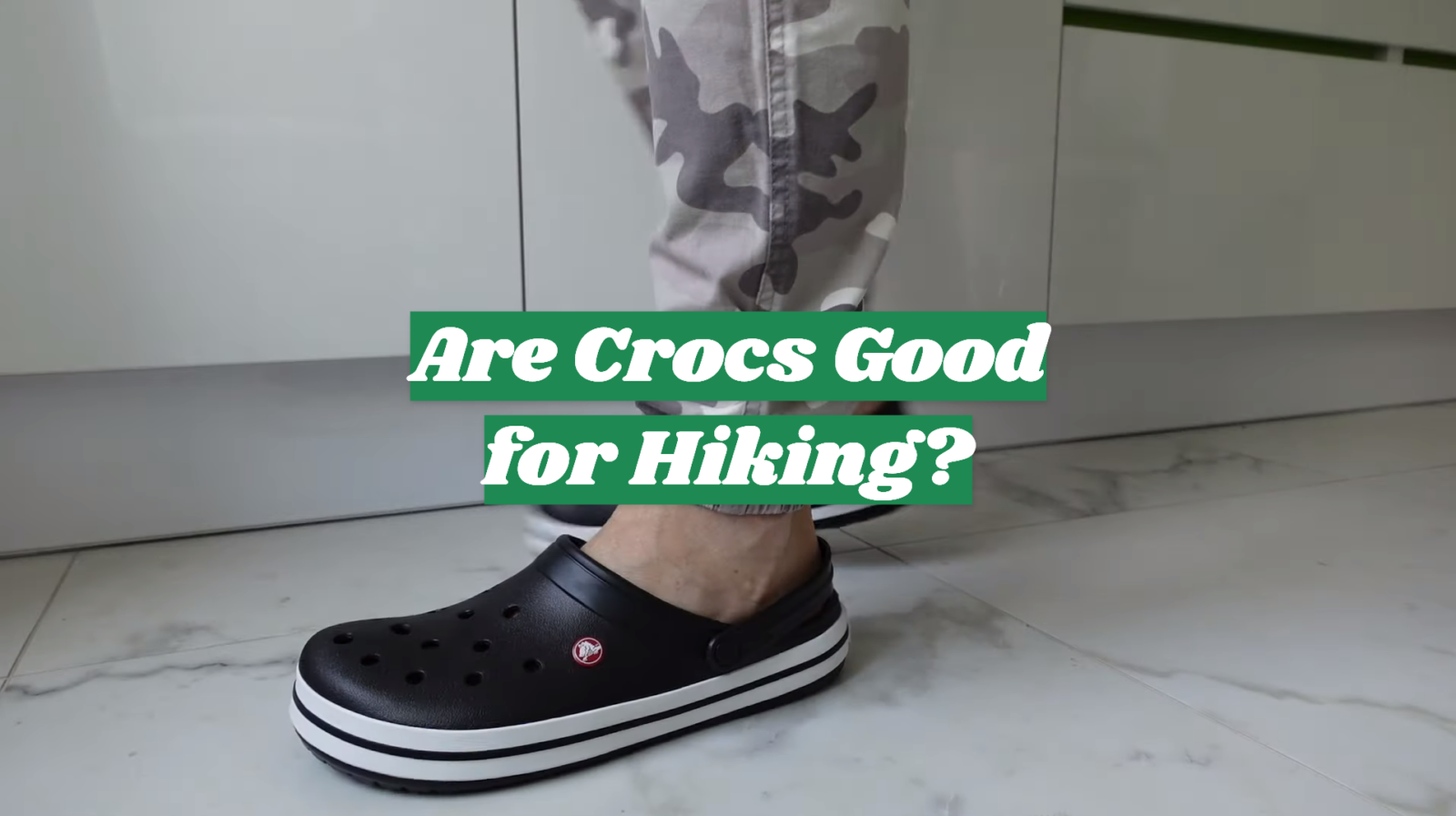
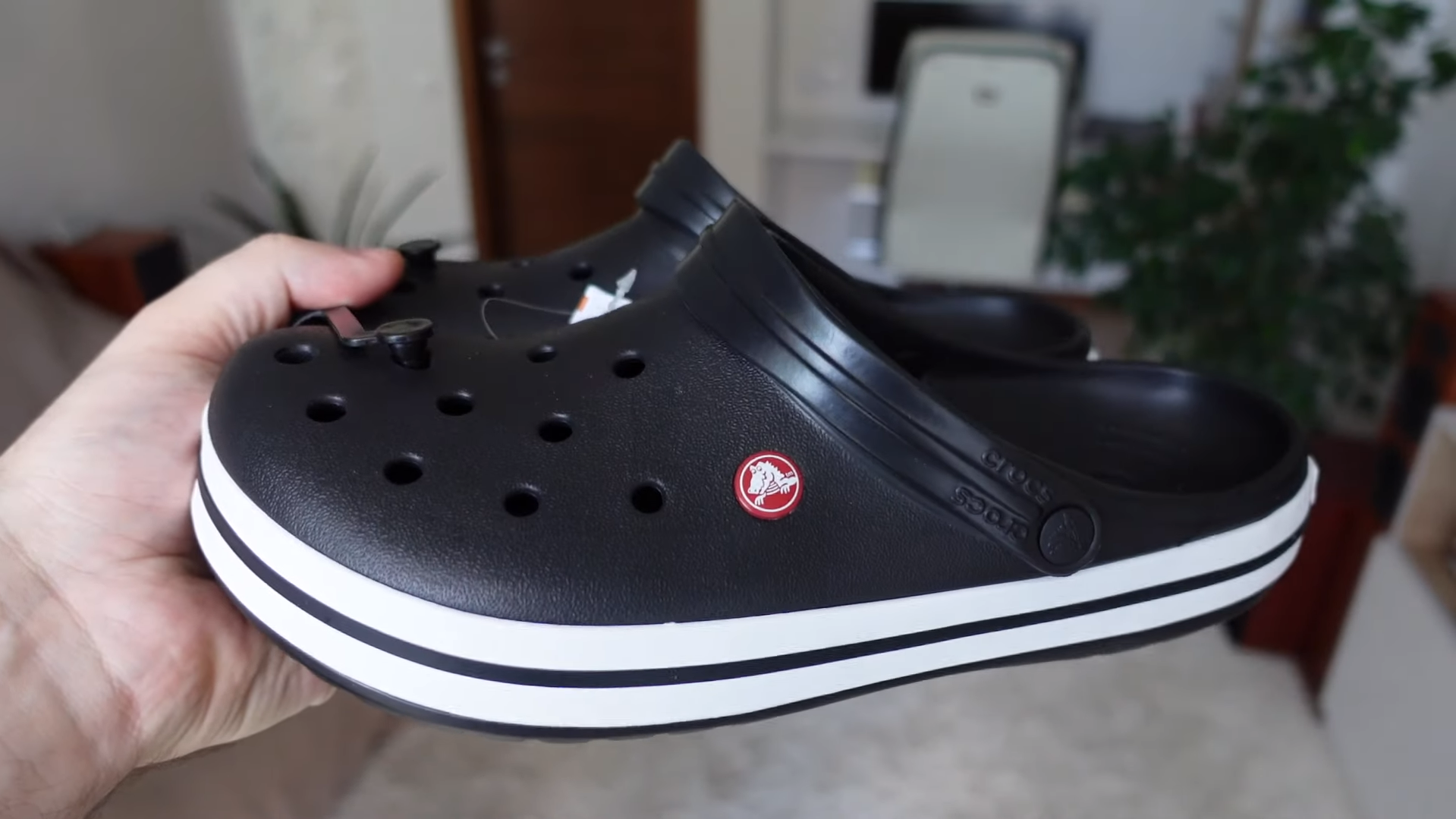
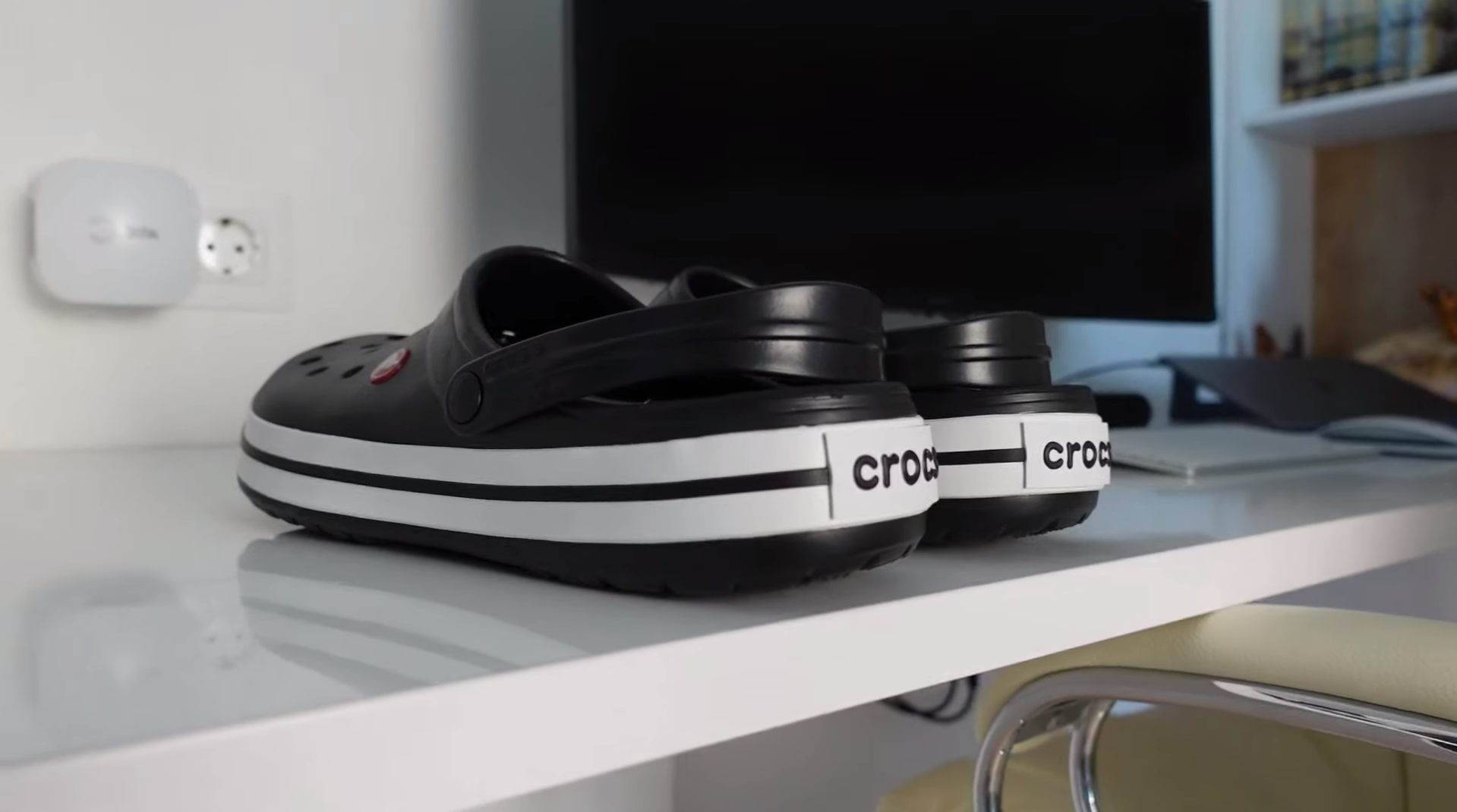
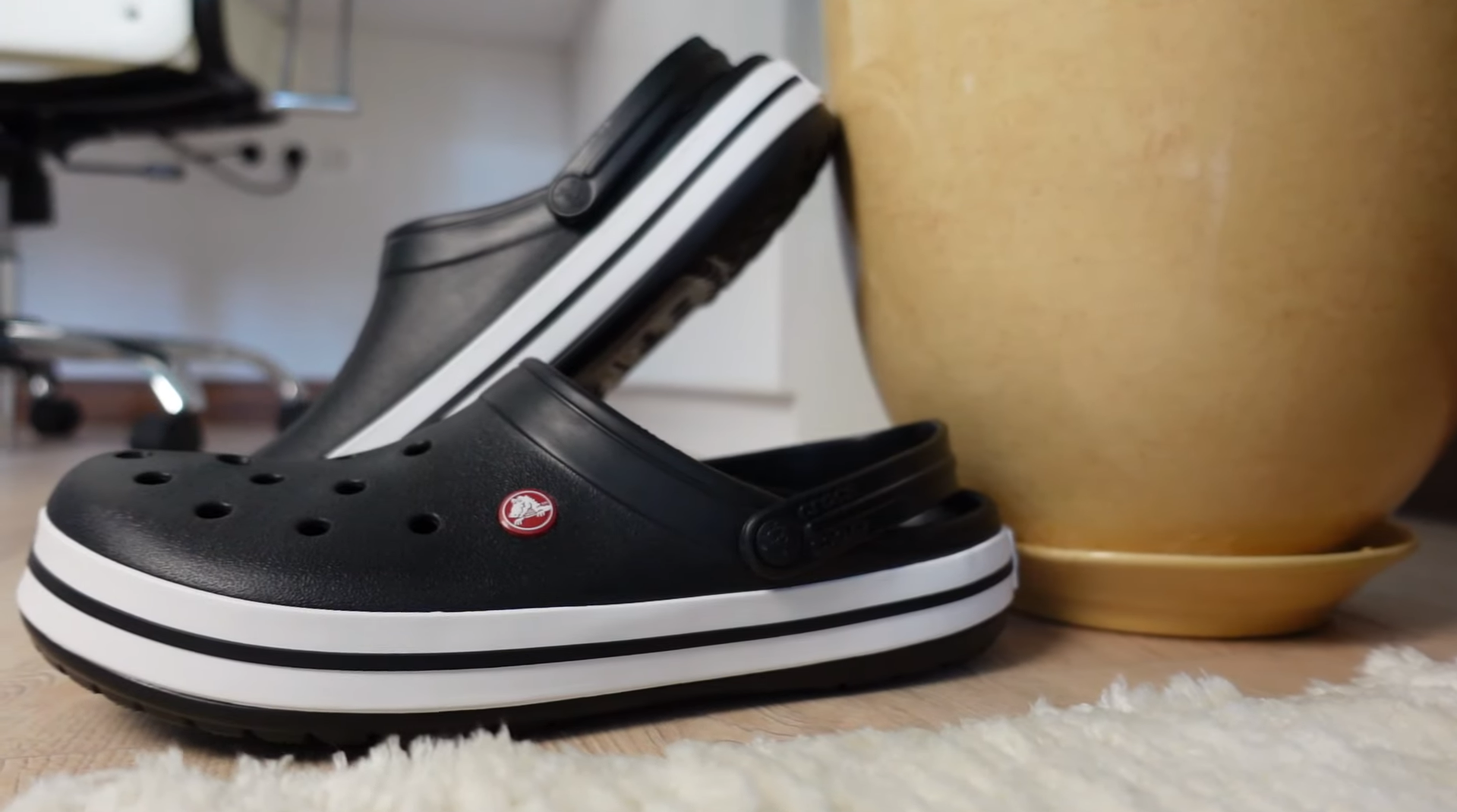
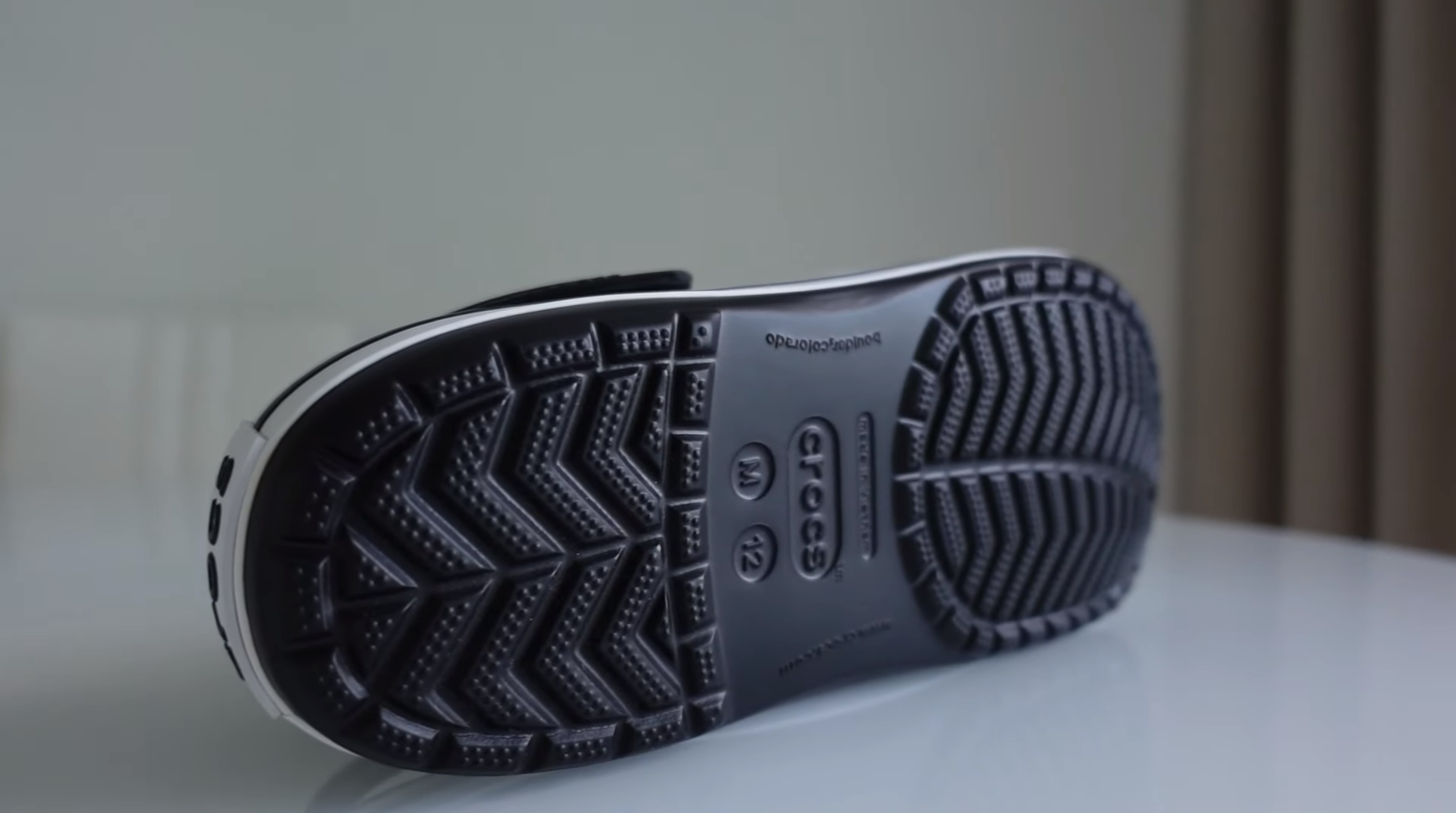
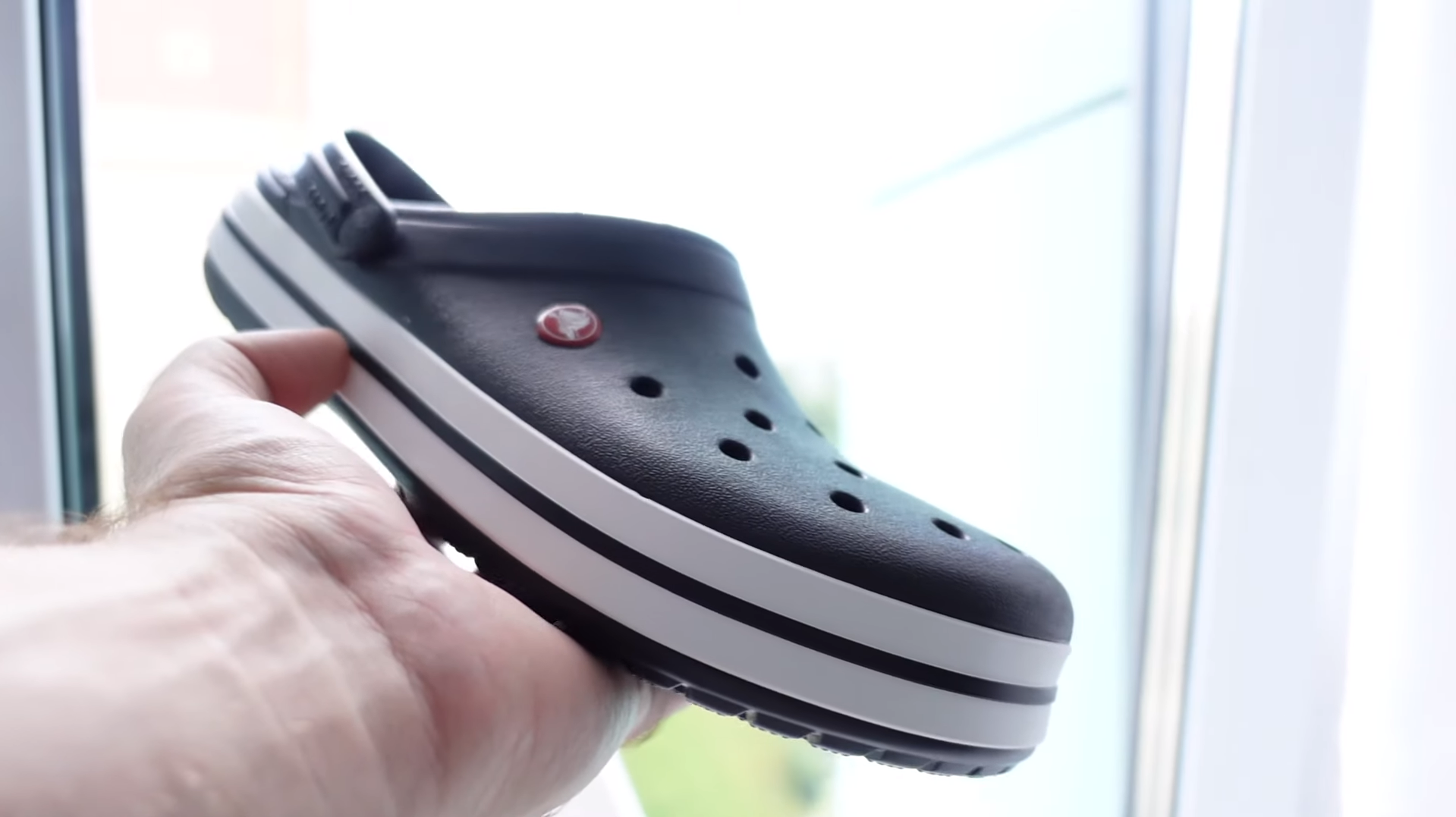
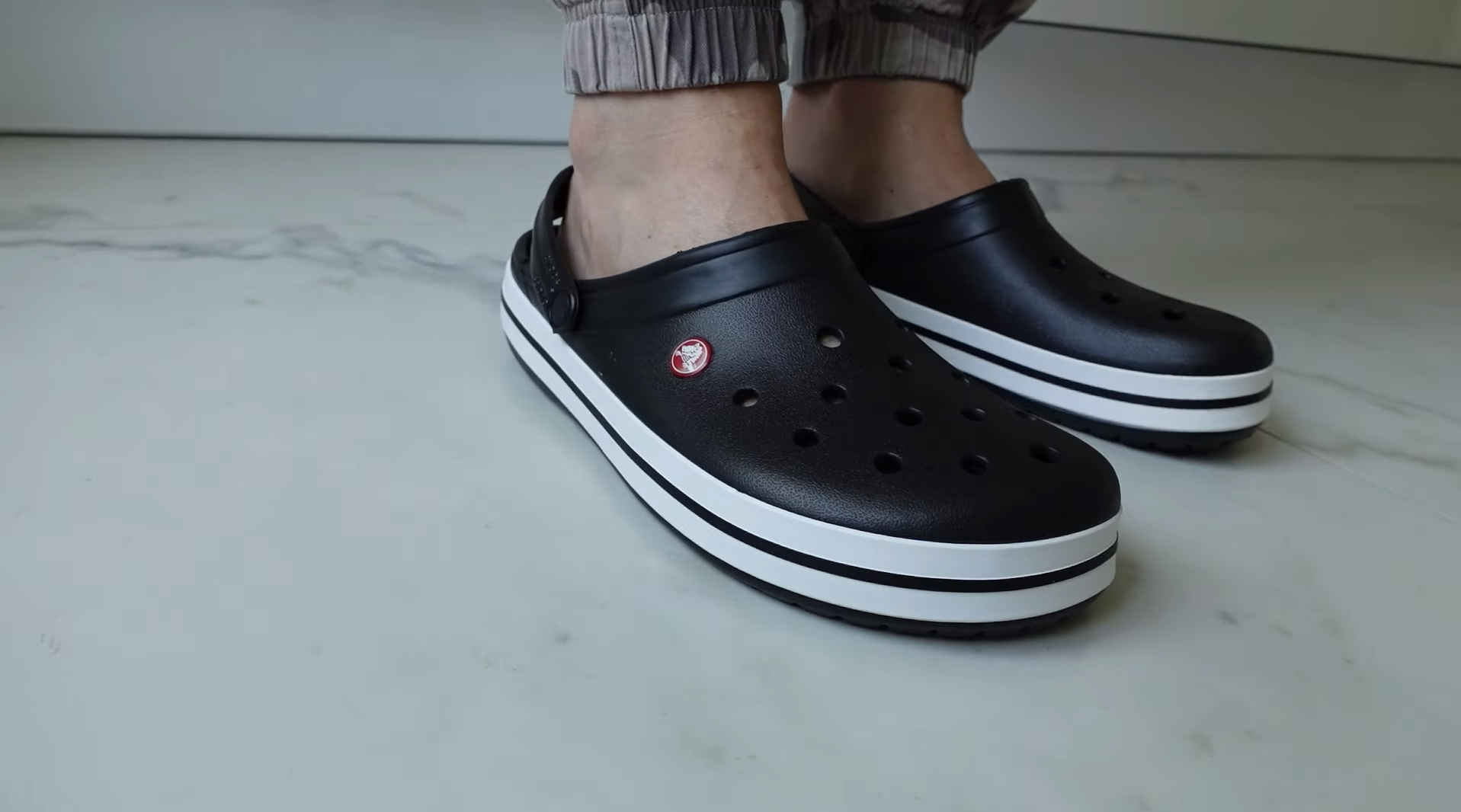
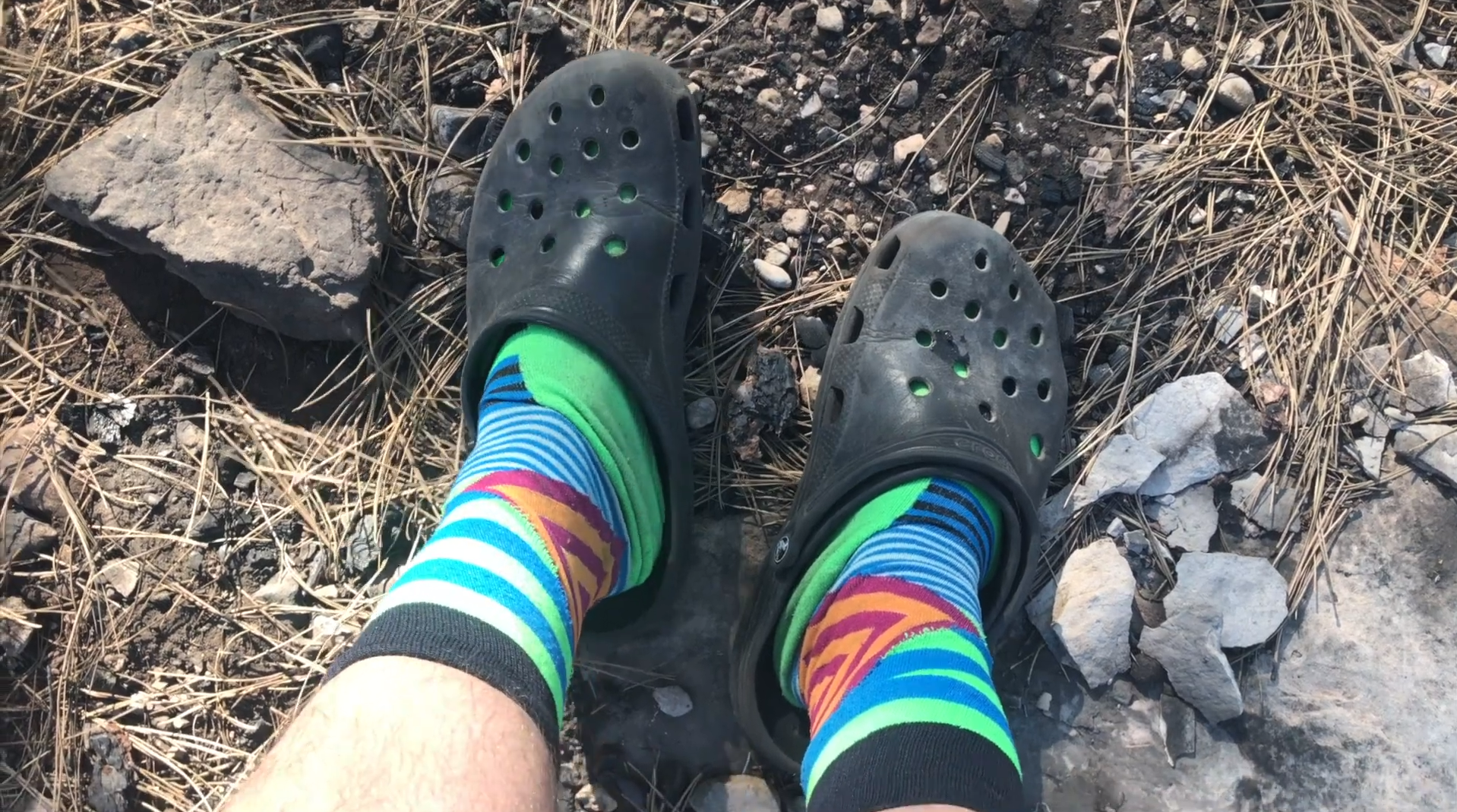



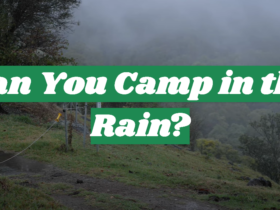
Leave a Review